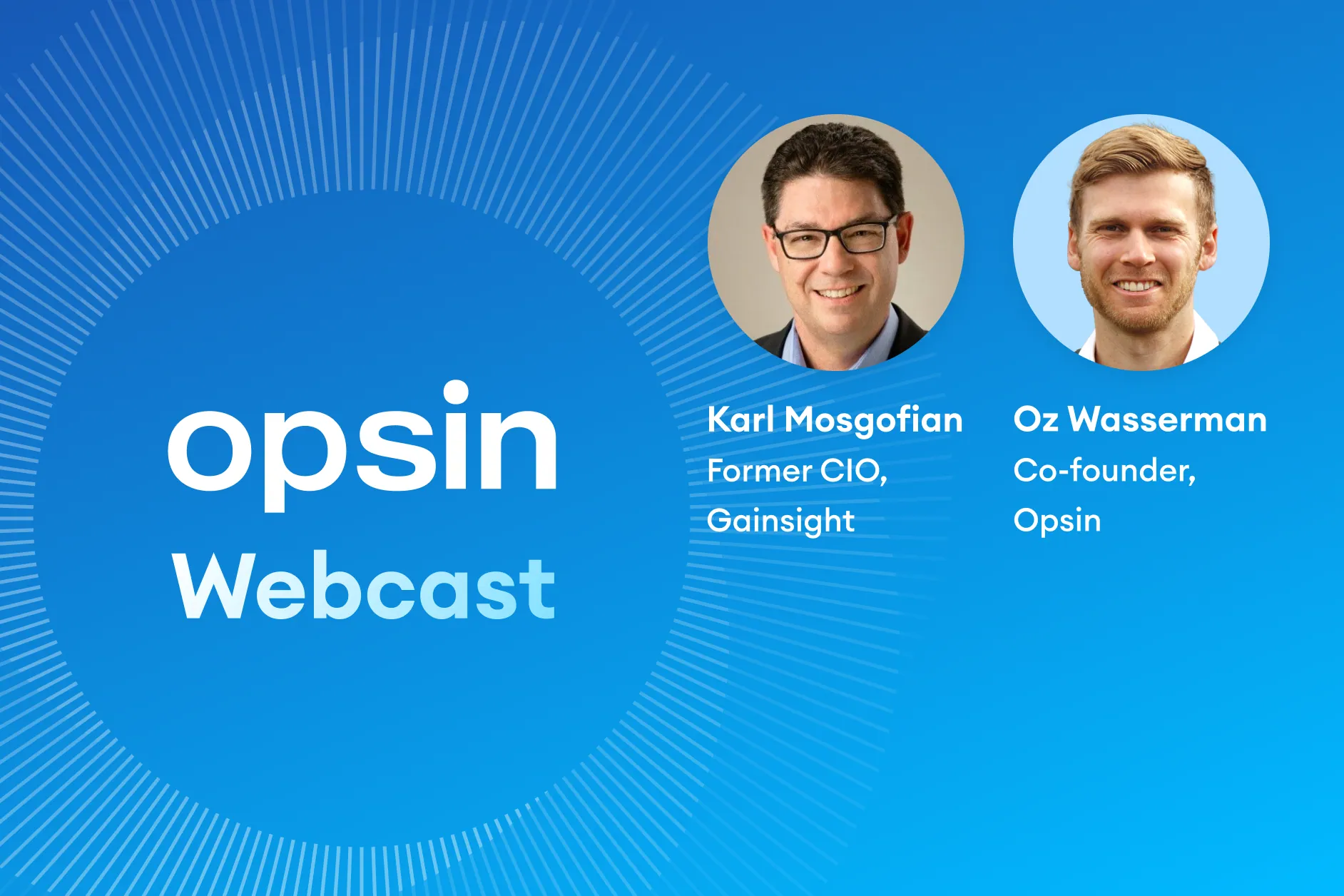
How CIOs Can Balance Innovation with Security When Deploying AI Applications
As generative AI transforms business operations, CIOs face a critical challenge: harnessing AI’s power while maintaining robust security. Karl Moskofian, former CIO at Gainsight with over 30 years of IT experience, shares expert insights on navigating this complex landscape.
When ChatGPT emerged, many organizations adopted defensive strategies. “There were companies saying, ‘we’re just shutting the door. We’re not allowing people to touch it at all,’” Moskofian recalls. Initial concerns included:
Forward-thinking leaders recognized AI’s potential early. Within six months, providers like OpenAI addressed major security concerns through enhanced data protection, improved privacy controls, and clear contractual commitments.
“We’ve all got overshared data in our environment,” Moskofian emphasizes. “AI isn't creating a new problem; it’s exploding the severity of an existing one.”
Before AI-powered search, overshared files were difficult to discover. Now, AI finds everything instantly, including improperly shared sensitive information.
Moskofian shares a compelling example: “Someone shared salary information with 'anyone with the link can view its setting. When enterprise AI search was implemented at Gainsight, employees began reporting: ‘I’m seeing this in my search results. Pretty sure I’m not supposed to be seeing this.’”
Key Actions:
Trust but Verify Approach:
Generic training fails because it lacks relevance. Customize approaches:
Explain the “why” behind policies: legal implications, business impacts, and personal accountability.
AI’s natural language accessibility democratizes development but creates governance challenges:
Implement structured processes:
AI follows similar patterns: high risk/low value → risk reduction/value increase → mature deployment
Drawing from decades of experience, Moskofian predicts AI will follow the traditional technology hype cycle:
AI will augment, not replace, human capabilities:
Successfully deploying enterprise AI requires balancing innovation with security. As Moskofian emphasizes: “We’ve got to find a way to securely and safely enable our companies to really get all the value that’s sitting in front of us with this technology.”
The key is moving beyond fear-based policies to frameworks that enable responsible innovation. Organizations that master this balance will turn security from a barrier into a competitive advantage in the AI-driven economy.
How CIOs Can Balance Innovation with Security When Deploying AI Applications
As generative AI transforms business operations, CIOs face a critical challenge: harnessing AI’s power while maintaining robust security. Karl Moskofian, former CIO at Gainsight with over 30 years of IT experience, shares expert insights on navigating this complex landscape.
When ChatGPT emerged, many organizations adopted defensive strategies. “There were companies saying, ‘we’re just shutting the door. We’re not allowing people to touch it at all,’” Moskofian recalls. Initial concerns included:
Forward-thinking leaders recognized AI’s potential early. Within six months, providers like OpenAI addressed major security concerns through enhanced data protection, improved privacy controls, and clear contractual commitments.
“We’ve all got overshared data in our environment,” Moskofian emphasizes. “AI isn't creating a new problem; it’s exploding the severity of an existing one.”
Before AI-powered search, overshared files were difficult to discover. Now, AI finds everything instantly, including improperly shared sensitive information.
Moskofian shares a compelling example: “Someone shared salary information with 'anyone with the link can view its setting. When enterprise AI search was implemented at Gainsight, employees began reporting: ‘I’m seeing this in my search results. Pretty sure I’m not supposed to be seeing this.’”
Key Actions:
Trust but Verify Approach:
Generic training fails because it lacks relevance. Customize approaches:
Explain the “why” behind policies: legal implications, business impacts, and personal accountability.
AI’s natural language accessibility democratizes development but creates governance challenges:
Implement structured processes:
AI follows similar patterns: high risk/low value → risk reduction/value increase → mature deployment
Drawing from decades of experience, Moskofian predicts AI will follow the traditional technology hype cycle:
AI will augment, not replace, human capabilities:
Successfully deploying enterprise AI requires balancing innovation with security. As Moskofian emphasizes: “We’ve got to find a way to securely and safely enable our companies to really get all the value that’s sitting in front of us with this technology.”
The key is moving beyond fear-based policies to frameworks that enable responsible innovation. Organizations that master this balance will turn security from a barrier into a competitive advantage in the AI-driven economy.